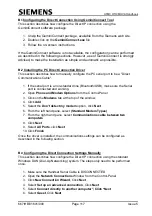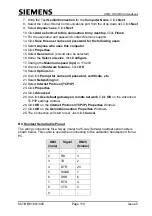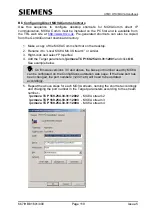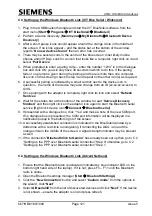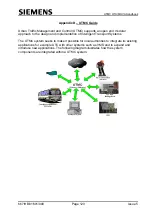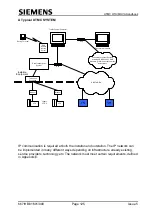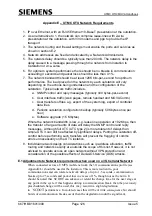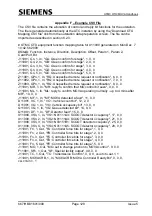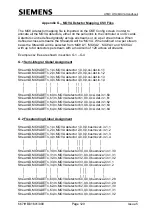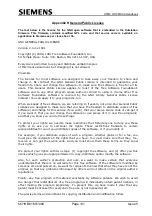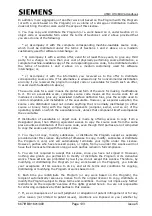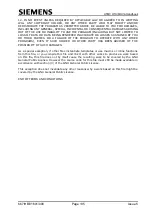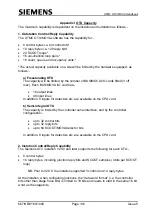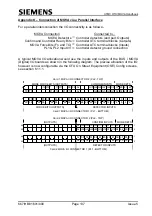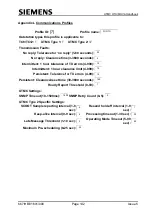
UTMC OTU/MOVA Handbook
667/HB/31601/000
Page 127
Issue 5
particularly if it affects other junctions in the group. Where breaks are greater than 25
seconds the outstation may drop off control.
The techniques employed by the UTMC UG405 profile in conjunction with the 3G
communications profile at the Instation will work to minimise the impact of
these phenomena on SCOOT but UMTS communications should not normally
be
considered to be as reliable as a wired connection
For a UMTS cellular network items 5 and 6 of the network requirements can be relaxed
as follows:-
Network delay should typically be less than 500 ms with fewer than 1%
exceeding one second.
No communication break should exceed 25 seconds.
Experience has shown that there will be longer durations where the network is
unavailable due to maintenance work. Normally this will occur at off peak times
such as during the night. The traffic manager should seek assurance from the
cellular network operator as to when this will happen, ideally with pre-warning,
and implement a suitable fall back plan.
There are a number of types of network service, such as via private or public APN that
are available to a customer over a cellular network. These are discussed in the document
‘Site selection Guide’ 667/AY/45025/002.
E.2UTMC OTU Use of IP Network Ports and Services
The UTMC OTU uses the following IP ports. These ports must not be blocked by
Firewalls or Routers.
Description
Protocol
Port
Direction * Notes
SNMP
UDP
161
Out
HTTP/XML-RPC
TCP
80
Out
Telnet
TCP
23
Out
MOVAComm
TCP 12001-
12004
Out
Only required
by MOVA
Network Time Protocol
(NTP)
UDP
123
In
Only required
by full UTC
(UTC type 2)
SNMP Inform (non-
standard)
UDP
2201
In
Only required
by full UTC
(UTC type 2)
TFTP
UDP
69
In
* Direction
is with respect to the UTC Instation.





